Australia So Much to See


Hughenden - we start with a visit to Porcupine Gorge
A short trip to Porcupine Gorge
Porcupine Gorge
The first lookout in the National Park is sixty kilometres from Hughenden, with the Pyramid being a further eleven kilometres. A walk can be taken down into the gorge and along flattish white rock to the Pyramid. There are 964 steps cut into the rock
on the way down to the valley floor.
In this wider section of the gorge the eroding action of the creek has also created
the pyramid shaped monolith of multi-coloured sandstone rising from the floor of the gorge. The creek forms a pool as it turns across
the base of the pyramid.
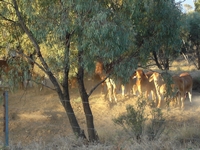
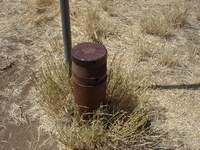
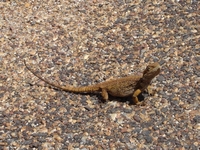
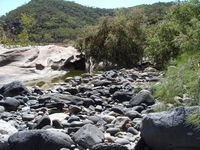
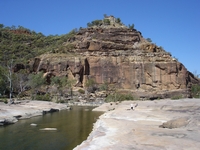
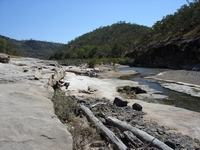
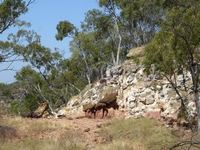
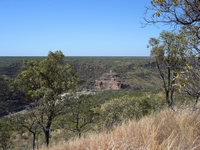
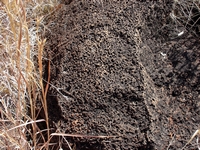
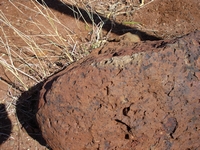
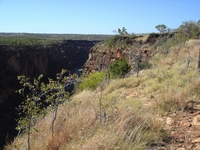
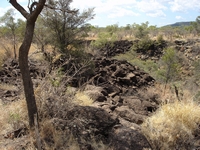
At Eagle Hawk Gorge lookout, the southern start of the Porcupine Creek gorge can be seen. The gorge runs for 100 kilometres
northwards from here.
Taking a deviation from fossil viewing, we go north on the
There are a number of signed points of interest along the road from Hughenden. These include Whistling Bore, where a capped
bore can be heard humming or whistling as air rushes out according to atmospheric pressure. It was put down to provide water
for a stock route. There is now a large dam with windmill nearby.
Whistling Bore
Depending on atmospheric pressure, a distinct whistle can be heard through the hole in the cap sealing the bore. The bore was originally put down as a stock route watering facility but abandoned when at 500 feet deep water still did not rise. On most days, a humming sound can be heard.
Why it whistles is a mystery, but one reason offered is a cave-in somewhere in the
shaft of the bore has created a wind tunnel.
Eagle Hawk Gorge
Porcupine Gorge begins at this scenic lookout and extends at least another 100 kilometres north. Two scenic
lookouts are located further north within the National Park boundaries.
You will note the basalt formations are abundant
here, attributed to
Covering an area of 5,410 hectares,